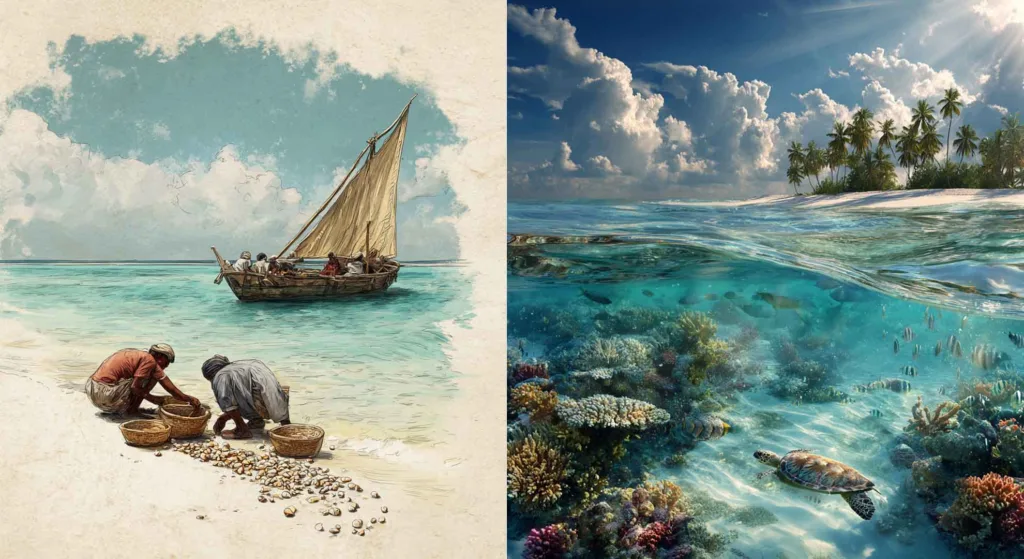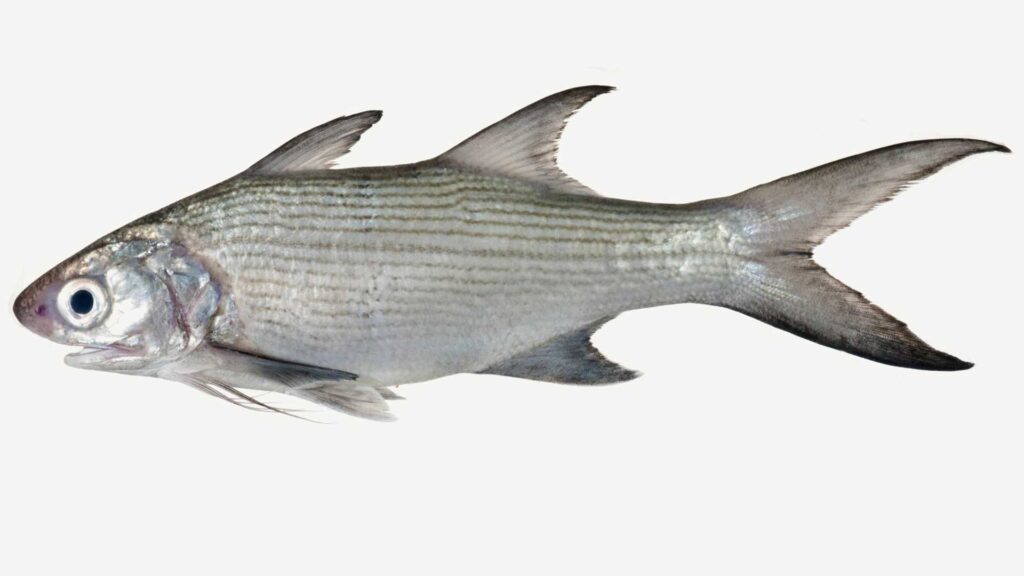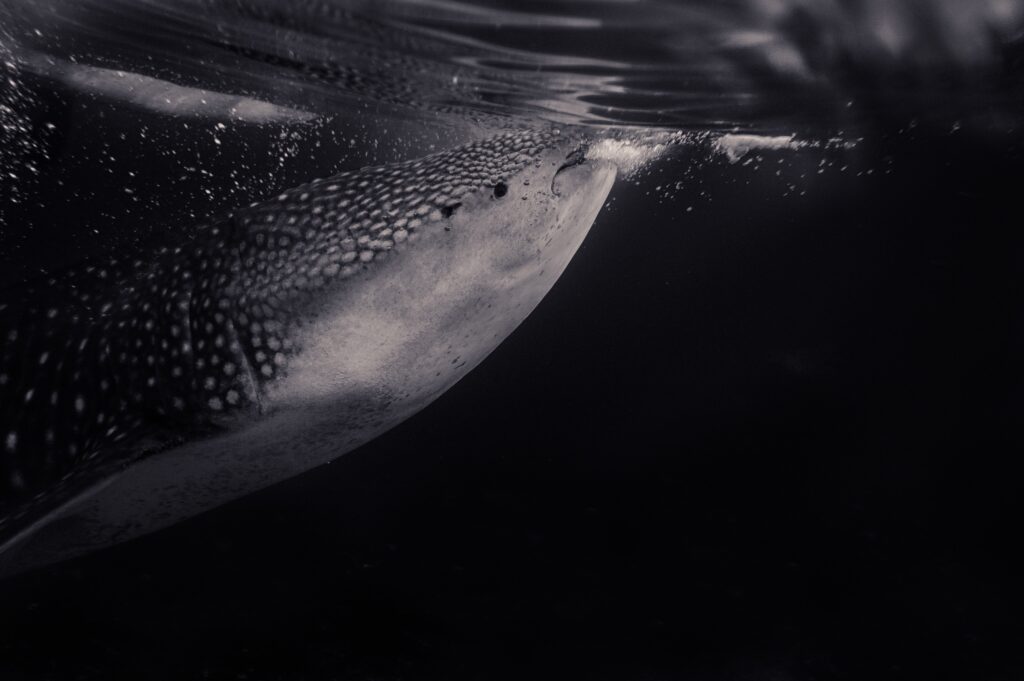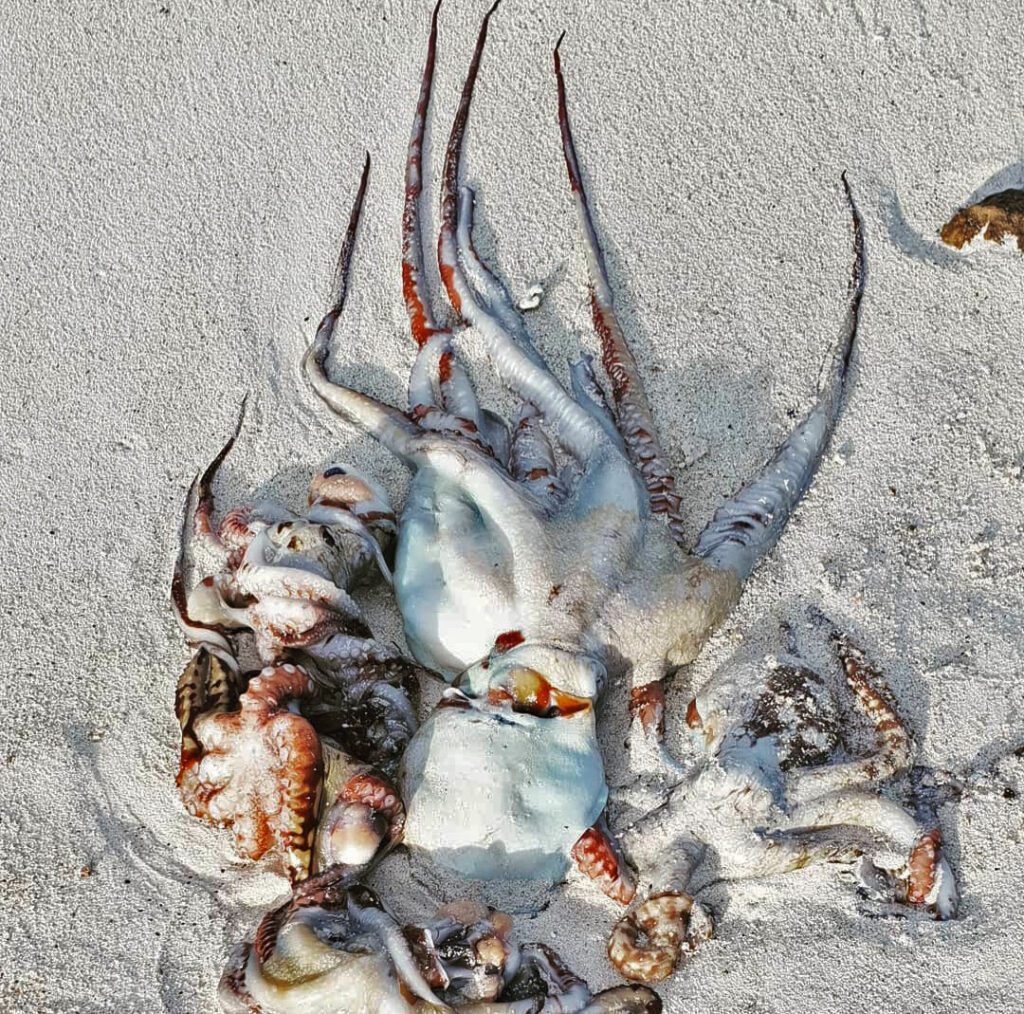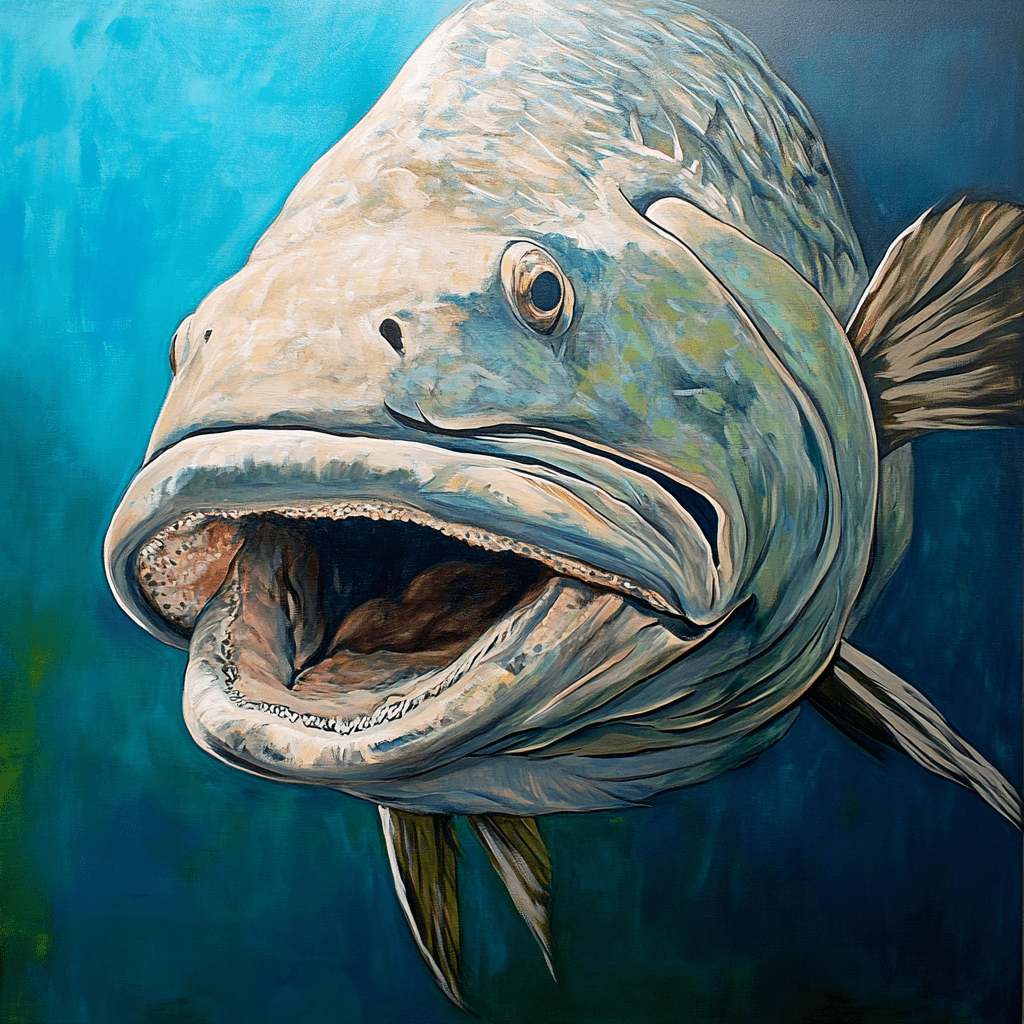
Rafeeqbe, my late uncle, had one of the most famous fishing stories in Fuvahmulah history. Using the medun method, he put a strong fishing line into the island’s passageways, which were made by demolishing a narrow area in the reef flat. He set up his handline at Neregando Beach one day, as he always did. He used his normal handline of about 500 lb that day. During high tide, a predator grabbed the bait and smashed his fishing line.
That night, he went home, and the next day, he made a hand line that was much stronger. The predator won the fight again, though. On the third night, he was so sad that he attached the hook to the strong fishing line with steel wire. The wire was then linked to a strong, thin rope called boki nano, which was used to pull small boats. He tied the end of the boki nano to a coconut tree. There were about 15 people with him that day. It shocked and excited everyone to see what kind of fish was cutting the strong fishing line.
As bait, he used the head of a yellowfin tuna. Around 5:45 pm, he put the line in place. Others were afraid of the unknown creature that was making fun of my uncle while everyone else waited. The predator struck the bait around 7:30 pm, which completely shocked and disoriented everyone who was holding the line. The predator was so strong that it pulled them all toward the water. But they got together and fought. Some of the young men were tired, but they didn’t let the thing beat them up.
They were slowly able to pull and drag the predator. It took about 40 minutes to get the huge fish close to them. Six feet long and four and a half feet wide, it was a huge grouper. It had crustaceans and green algae living on its skin as parasites. Sharks often attack the bait during this type of fishing. Sharks make up about 60% of the fish caught this way. When sharks strike, they act very differently from mackerel, GT, and other fish.
